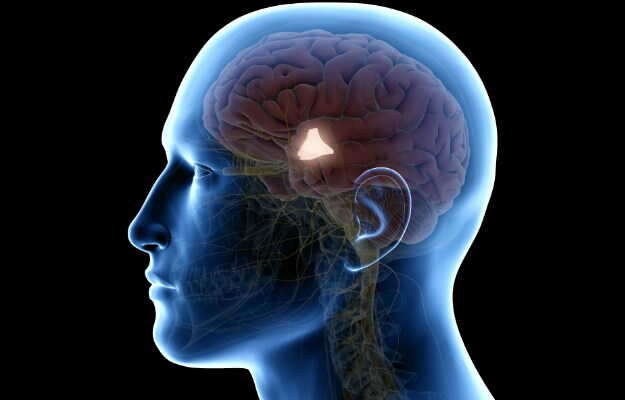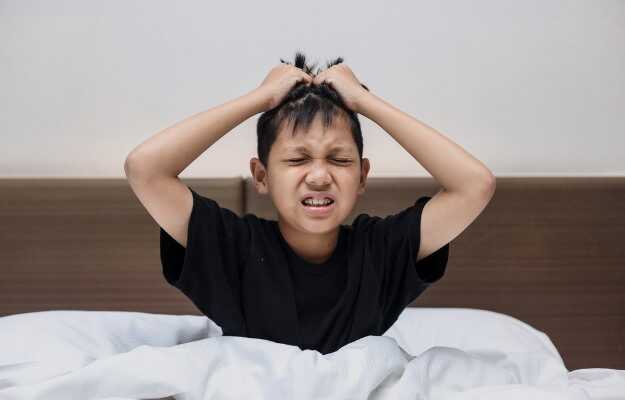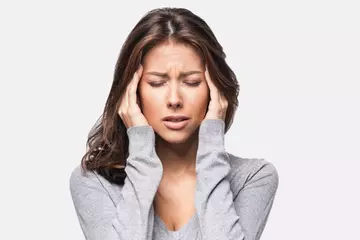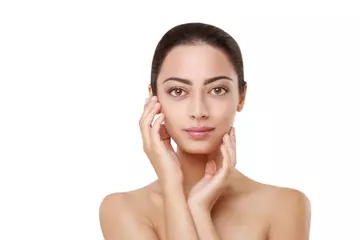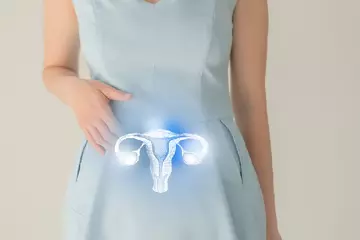What is Hirsutism?
Hirsutism is a common condition characterized by excessive hair growth in women. It can occur in women of all age groups and may pose social, psychological and self-esteem issues.
The condition is relatively common and affects 5-10 percent of the world’s population.
What are its main associated signs and symptoms?
Hirsutism triggers with the onslaught of puberty. The chief symptom is the growth of male hair type in women. Furthermore, the condition is characterized by growth of hair similar to the scalp on:
- Upper lip
- Sideburns
- Chin
- Around the nipples
- Lower side of abdomen
Other symptoms commonly seen in hirsutism are:
- Oily skin
- Balding forehead
- Acne
- Irregular periods
- Heavy voice
- Changes in clitoris
- Infertility
However, in advanced cases, hair growth is generalized to cover the portions of upper back, central chest region and whole or upper regions of abdomen.
What are its main causes?
Excessive androgen levels in women are a major reason for hirsutism. Other than that:
- Polycystic ovarian syndrome (PCOS) and obesity
- Menopause and associated hormonal imbalance
- Medications
- Adrenal hyperplasia
- Cushing syndrome
- Thyroid dysfunction
- In extremely rare instances, androgen-secreting tumours may cause hirsutism
How is it diagnosed and treated?
A medical history along with a thorough physical examination followed by an ultrasound scan to determine the condition of ovaries are the first steps to diagnose the cause behind hirsutism. Androgen levels might be ordered to confirm the diagnosis.
Women with moderate hair growth can use cosmetic methods to approach the condition. This includes:
- Bleaching
- Shaving
- Waxing
- Plucking
- Electrolysis
- Depilatory agents
- Laser treatment
Plucking is a method for short-term management of hirsutism and laser treatment is effective in the removal of unwanted visible hair in the long term.
Estrogen and progestin contraceptive pills reduce the effect of androgen hormones and slow the progress of the condition.
Medical professional can use anti-androgens to treat moderate or severe cases. Other options include:
- Eflornithine cream
- Cyproterone acetate
- Flutamide
- Finasteride

 Doctors for Hirsutism
Doctors for Hirsutism  OTC Medicines for Hirsutism
OTC Medicines for Hirsutism








